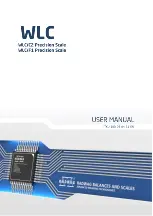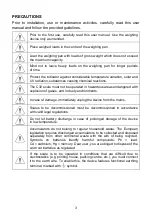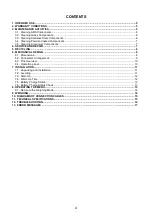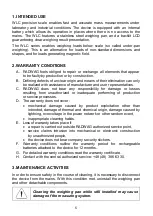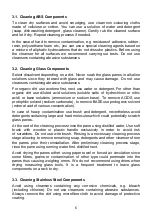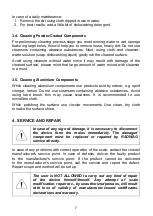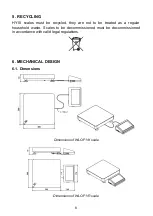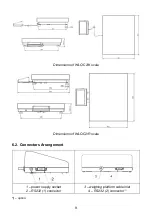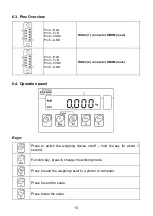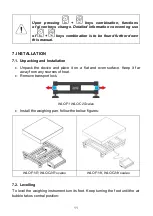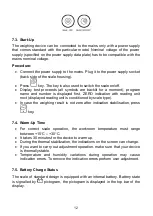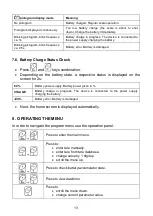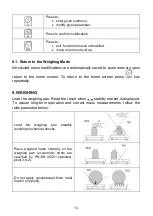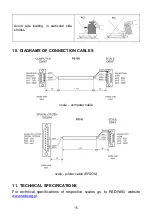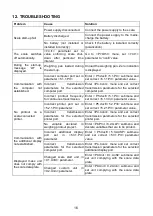
6
3.1. Cleaning ABS Components
To clean dry surfaces and avoid smudging, use clean non-colouring cloths
made of cellulose or cotton. You can use a solution of water and detergent
(soap, dishwashing detergent, glass cleaner). Gently rub the cleaned surface
and let it dry. Repeat cleaning process if needed.
In the case of hard to remove contamination, e.g. residues of adhesive, rubber,
resin, polyurethane foam etc., you can use a special cleaning agents based on
a mixture of aliphatic hydrocarbons that do not dissolve plastics. Before using
the cleanser for all surfaces we recommend carrying out tests. Do not use
cleansers containing abrasive substances.
3.2. Cleaning Glass Components
Select dissolvent depending on a dirt. Never soak the glass panes in alkaline
solutions since they interact with glass and may cause damage. Do not use
cleansers containing abrasive substances.
For organic dirt use acetone first, next use water or detergent. For other than
organic dirt use diluted acid solutions (soluble salts of hydrochloric or nitric
acid) or base solutions (ammonium or sodium base). To remove ACIDS use
protophilic solvent (sodium carbonate), to remove BASE use protogenic solvent
(mineral acid of various concentration).
In case of heavy contamination use brush and detergent, nevertheless avoid
detergents containing large and hard molecules which could potentially scratch
glass panes.
At the end of the cleaning process rinse the pane using distilled water. Use soft
brush with wooden or plastic handle exclusively in order to avoid risk
of scratches. Do not use wire brush. Rinsing is a necessary cleaning process
stage allowing to remove remaining soap, detergents and other cleansers from
the panes prior their reinstallation. After preliminary cleaning process stage,
rinse the pane using running water first, distilled next.
Avoid drying the panes either using paper towel or forced air circulation since
some fibres, grains or contamination of other type could permeate into the
panes thus causing weighing errors. We do not recommend using driers when
drying measuring glass tools. It is a frequent treatment to leave glass
components on a rack to dry.
3.3. Cleaning Stainless Steel Components
Avoid using cleansers containing any corrosive chemicals, e.g. bleach
(including chlorine). Do not use cleansers containing abrasive substances.
Always remove the dirt using microfiber cloth to avoid damage of protective
coating.

